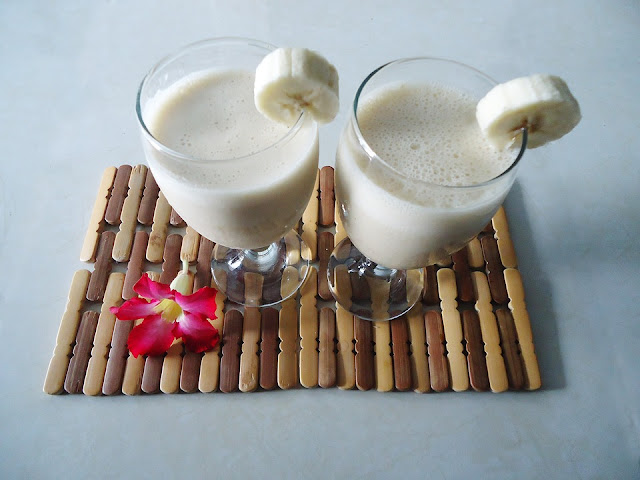Cassava Flour, nutrition facts
Cassava, as some of us know is a tuber crop, widely grown in Nigeria. It is the major raw material for Garri, fufu and starch. But of recent, it has been said that Cassava, when milled into flour, can be used for baking.
Research has it ,that Cassava flour is gaining momentum as a
“go-to” gluten-free, grain-free flour. And it’s not surprising when you
consider that those who follow restricted diets typically have to blend
several flours to achieve the same consistency as wheat flour. Which is
never ideal.But with cassava Flour,
that’s not the case! huge potential of cassava flour. In fact, it seemed to be a
pretty darn close replacement for wheat flour.
Oh, could it be? Could it really be?!
Yes, it could be! Which might just make it the holy grail of gluten-free, grain-free flours. But before you go off the deep-end by gobbling up cassava-everything (it’s easy to do!), here’s five things you need to know:
1. Cassava flour is gluten, grain and nut-free
The cassava plant is a staple crop to
millions of inhabitants in South America and parts of Asia and Africa.
The plant produces the cassava root (also known as yuca or manioc), a
starchy, high-carbohydrate tuber – similar to yam, taro, plantains and
potato.
As a tuberous root vegetable, cassava is gluten, grain and nut-free, as well as vegan, vegetarian and paleo.
2. Cassava flour is not the same as tapioca flour
While sometimes the terms cassava flour
and tapioca flour are used interchangeably, there are in fact distinct
differences. Tapioca is a starch extracted from the cassava root through
a process of washing and pulping. The wet pulp is then squeezed to
extract a starchy liquid. Once all the water evaporates from the starchy
liquid, the tapioca flour remains.
which would not be possible with tapioca flour.
3. Cassava flour is not poisonous
It’s true that the cassava root contains
naturally occurring cyanide compounds (also found in almonds and
spinach!) and that yes, they can be extremely toxic. But only if eaten
raw. That’s why the traditional cultures who rely on cassava for
sustenance have centuries old processes of soaking, cooking and
fermenting. These processes remove the toxic compounds and prevent one
from getting sick.
Rest assured that all commercially available cassava and tapioca flours do not contain any harmful levels of cyanide.
4. Cassava flour is high in carbohydrates
Given that cassava is a starchy tuber,
you would expect it to have a high carbohydrate profile. But it’s higher
than you most likely imagined. For instance, per 100 grams, cassava has
double the calories and carbohydrates as sweet potato. This makes it a
valuable and relied upon food source for millions of native people.
But it could mean an insulin spike for
you! For the vast majority of people who don’t rely on cassava for
subsistence, it would be prudent to monitor your cassava intake.
Particularly if you’re following a low carbohydrate, low-sugar or
Paleo-based diet.
Translation: don’t eat cassava flour recipes at every meal! As always, moderation is key.
5. Cassava flour is the most similar to wheat flour (of gluten-free flours)
This is the holy grail characteristic of
cassava flour! Unlike other gluten-free flours such as almond or coconut
flour, cassava flour is very mild and neutral in flavor. It’s also not
grainy or gritty in texture – rather, it’s soft and powdery.
These qualities, along with the fact that it can be replaced on a 1:1 basis with wheat flour in many recipes, make it a preferred flour for gluten-free, grain-free baking and cooking.
To get you started, here are some of my favorite cassava flour recipes

Comments